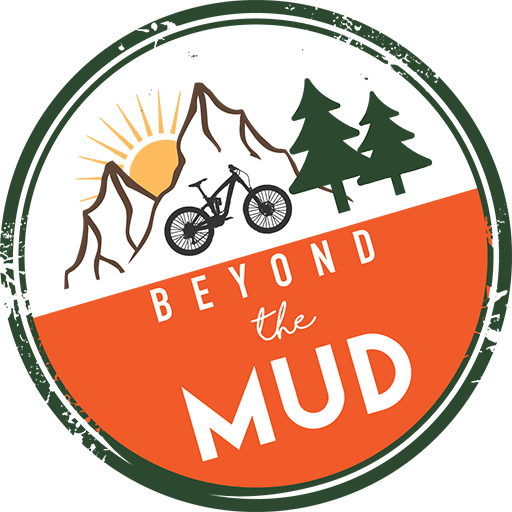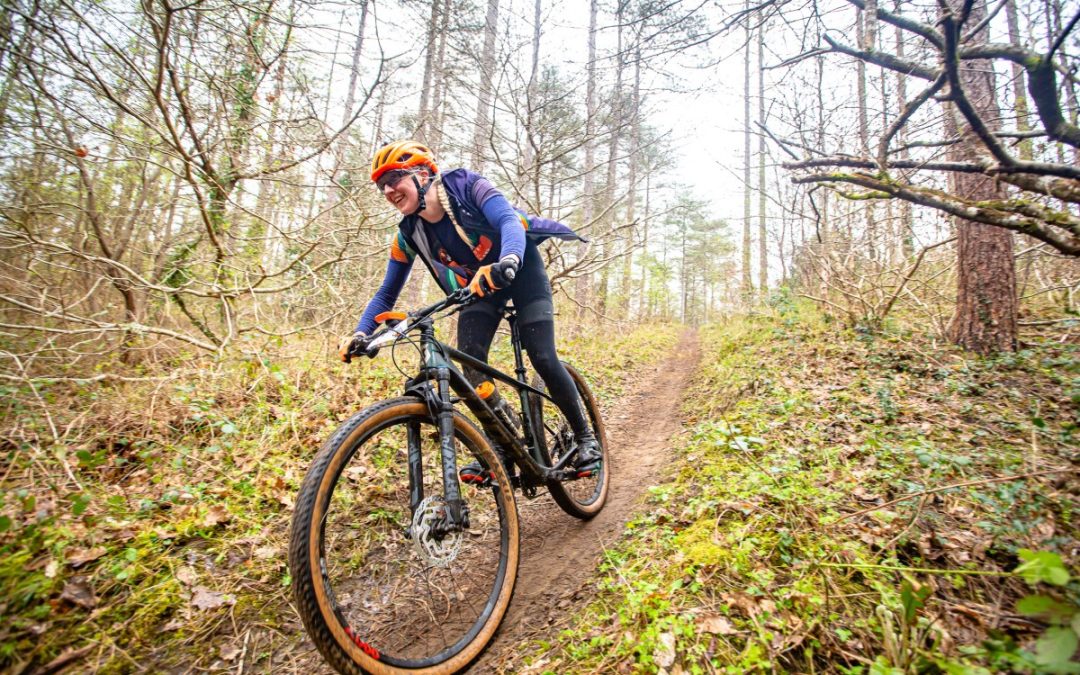
by hattenburrow | Apr 12, 2024 | Racing
Saturday morning waking up to a gale in our little Welsh air bnb I suddenly realised I had forgotten my heart rate strap! As someone who loves to see her numbers this really threw me… I didn’t’ need to worry as on a message to Dave from RCR he had a spare I could use. Thank you Dave!
On Sunday I lined up for my first ever race as Hannah Griffiths with my Husband as my queuing buddy among some 700 riders @battleonthebeach
Preparation had been patchy at best with illness, trapped nerves and general antics.
The wind blew wildly as we stood with everyone else listening to the band and waiting for the mid day start, soon we were on our way jostling for places out onto the hard packed sand, catching the wheel of other riders and being quite literally blown up the beach!

Turning off the beach and into a mess of boggy puddles before crossing back to the beach into the headwind from hell!
The tactic, work together with other riders to survive and make it up the beach using as little energy as possible.
The best part for me was the second part of single track this really played to my strengths and I loved swiping through the dunes and up into the forest I felt more at home.
Out on lap two and with the wind changing direction a little as well as the tide coming in, the effort needed both up and down the beach really started to hurt!
Once off the beach sections I got back into a rhythm in the single track and finished the race feeling exhausted and full of life.
What an epic event. I learnt so much, including that next year I need to get seeded so I can get out ahead of the crowds!
Thank you @welshside for sticking with me at the start.
Thank you @battleonthebeach for a brilliant day out.
📸 @anthony__pease
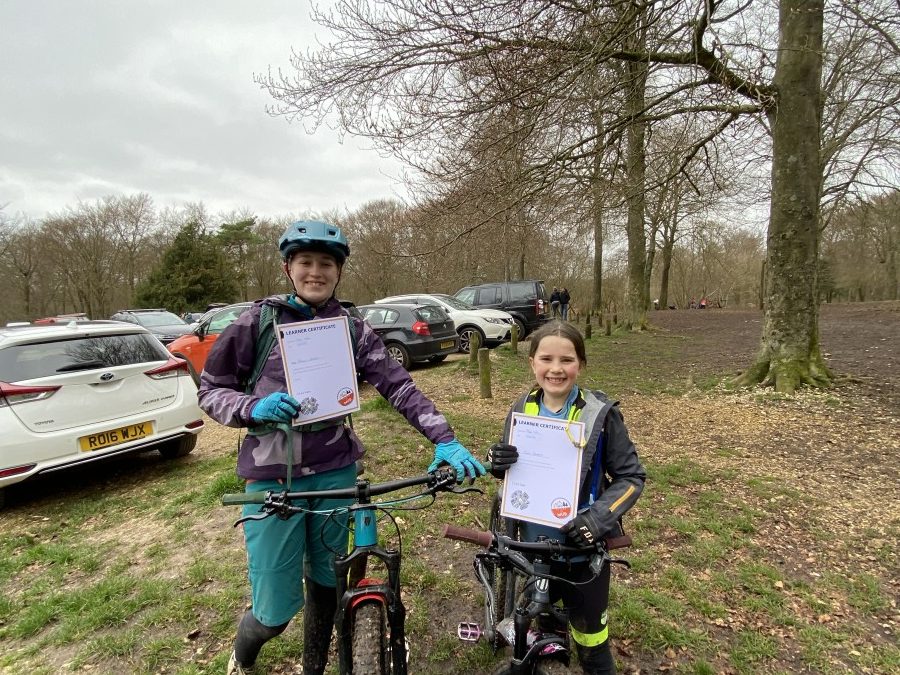
by hattenburrow | Mar 21, 2024 | Adventure, Coaching, ITAG
I.T.A.G stands for International Trail Ability Grading and was created for mountain bike coaches to encourage standardisation and safety out on the trails in the UK.
When I (Rafe, art of the Beyond the Mud team) dreamt up I.T.A.G Framework at the tail end of COVID after watching all these new riders emerge from their isolation I saw some amazing talent, a lot of progression, but a lot of riders who had learnt to run before they could walk. I wanted to create a framework which could give riders a ‘check list’ as it were of what skills to work on first.
I developed the framework alongside several coaches at Beyond the Mud and other organisations to ensure we had a wide range of expertise and opinions. The framework is built upon a natural progression of which skills a rider would need, from beginning their journey into the world of bikes, on green trails, all the way up to becoming a racer or free rider!
I have laid out the 9 column with 6 sub categories. Each sub category is a skill the rider must complete. Once the rider has completed all 6 and demonstrated them to the coaches they can be awarded their Tag, (a coloured paracord bracelet) their certificate and a poster. Once complete the rider can move onto the next column.
You might note the sliding scale of colours along the bottom of the poster. This indicates the trails the riders skill level would best suit. These are aligned with international trail grading markers to keep riders safe.
Here at Beyond the Mud we use this system during our summer camps and when working with groups of children on the trails. We have also started using this ethos with adults we coach too.

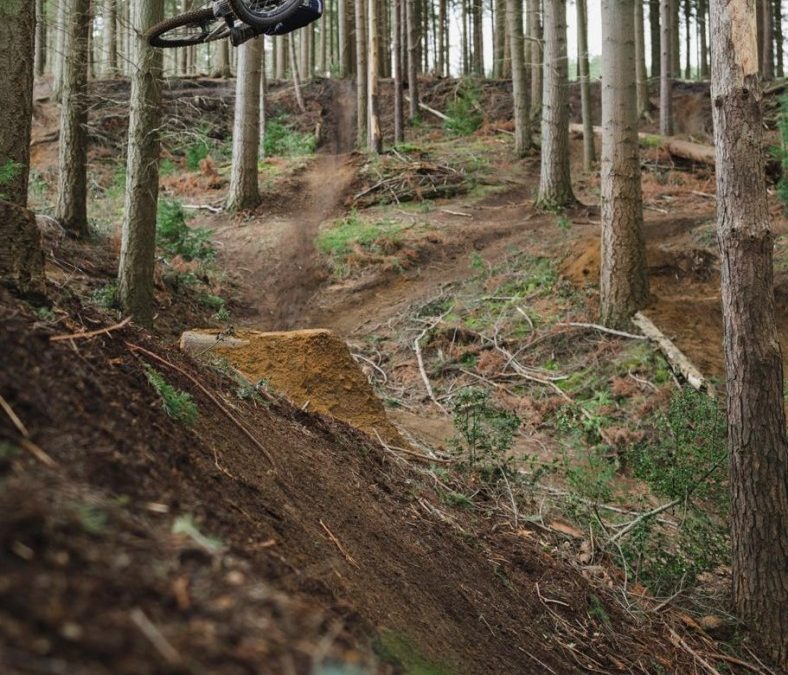
by hattenburrow | Mar 7, 2024 | Uncategorized
Hey there, I’m Ben, hitting the ripe age of 34 this year. I’ve been tearing up the trails for a solid 22 years now, dabbling in all sorts of cycling disciplines along the way. Started out with dirt jumping and I then quickly got into riding Downhill back in 2006. Nowadays, I ride so many disciplines you could pretty much call me a freerider. My greatest accomplishment was getting the front cover of the Red Bull magazine, Red Bulletin back in 2018.
You’ll find me competing in Downhill, Enduro, and Dirt jumping competitions. Last year, though, I had a bit of a rough patch with a nasty crash in Leogang. Still on the path to recovery, but I’m grateful to be back in the saddle. The speed is slowly creeping back, and I’m itching to get back between the tapes.
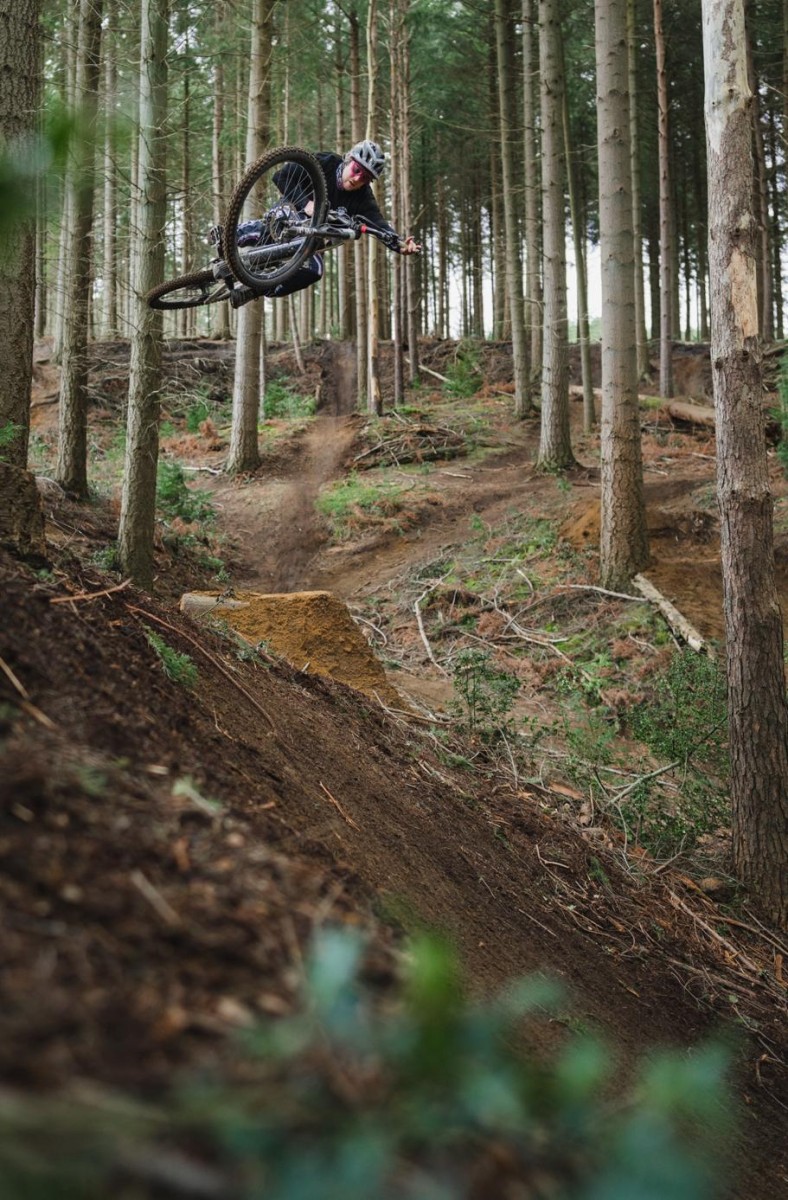

by hattenburrow | Nov 22, 2023 | Uncategorized
Black Friday has become a big deal. It’s primarily a time for big companies to compete in a ‘race to the bottom’ with massive sales that produce massive waste.
You could boycott it, but our view is that if we want to do something more positive. Let’s take that Black Friday traffic and offer an alternative.
That’s why, from 9am on Black Friday to midnight Sunday, Teemill will plant a tree for every order on you make through our store.
You can buy online here from our little store a mixture of tee shirts, hoodies and vests perfect for cycling or a trip to the pub!
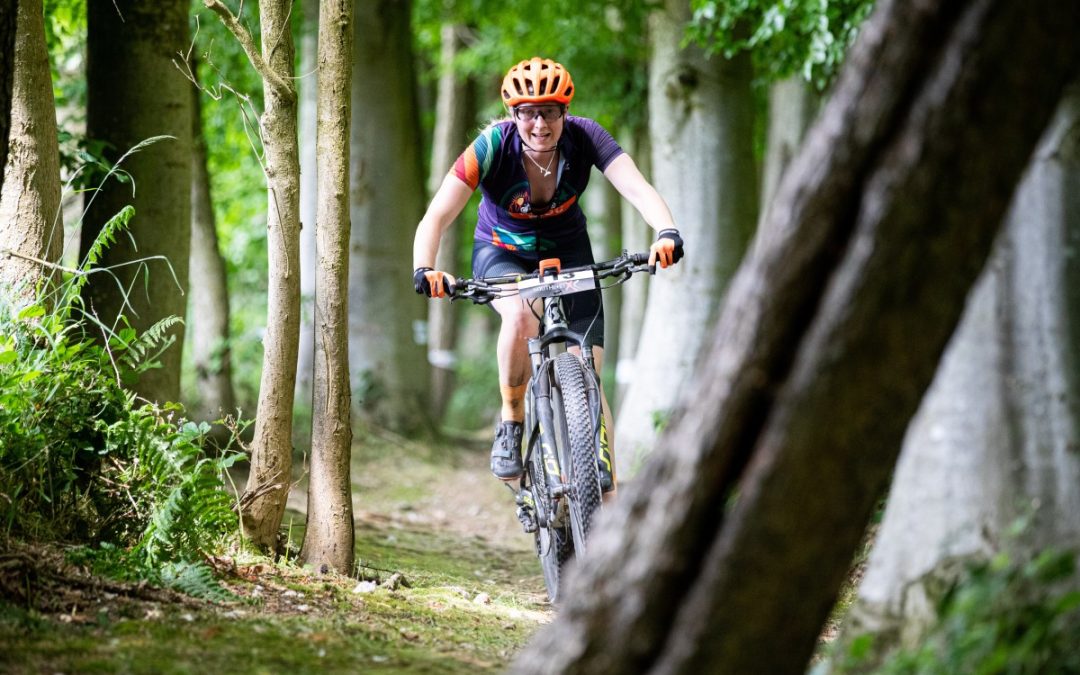
by hattenburrow | Aug 9, 2023 | Mountain Bike Racing, Pilates, Racing
Cycling is becoming increasingly popular in the UK. It is popular as a mode of cheaper and environmentally friendly transport, it is increasingly enjoyed for leisure with people wanting to get out and enjoy the fresh air, and, of course, it is a popular sport. And with two British riders placing within the top 10 final rankings at this year’s Tour de France, it is highly likely that the popularity of cycling as a sport will increase even further in the next few years. The Cycling World Championships in Scotland is also a chance for cycling to really grow as a sport as all the disciplines greatest riders come together for one awesome festival of cycling.

Of course, like all sports, cycling is not without its fair share of strains and injuries, and one injury that plagues cyclists, in particular, is neck strain. Sometimes referred to as cyclist’s neck, the complaint occurs as a result of the extended position of the neck that is caused by craning, which often takes place when a cyclist is looking ahead to see the course in front of them.
Neck strain can also occur as a result of poor posture or an aggressive riding position. All of these can ultimately cause the trapezius muscle and the other muscles in the neck to develop stiffness and pain. The more cycling is undertaken with poor posture, the worse this type of injury can become.
Why Pilates?
Pilates is a great addition to any training regime for a range of different sports and is particularly good for cyclists.
Pilates exercises can help to strengthen, stretch and also lengthen the muscles in the neck that become too tight and short from the hunched position that long distance cyclists find themselves in after a lengthy time in the saddle.
Pilates can also help to strengthen and improve how you handle a bike, as well as efficiency and balance when cycling. When a cyclist becomes tired in the saddle, their body begins to roll from side to side on the cycle, and Pilates can help to build up a strong and stable core that can reduce the effect that this has on the body.

This can help the cyclist to pedal in a smoother manner, one where their shoulders, head and body can remain still for longer.
When core strength is improved as a result of the right Pilates exercises, it can improve the way in which someone cycles, and this can help with neck strain
The right Pilates exercises can make significant improvements to how you cycle and reduce the risk of injury. Why not check out my online or in-person classes to see how Pilates can help relieve some of the neck problems caused by cycling?


